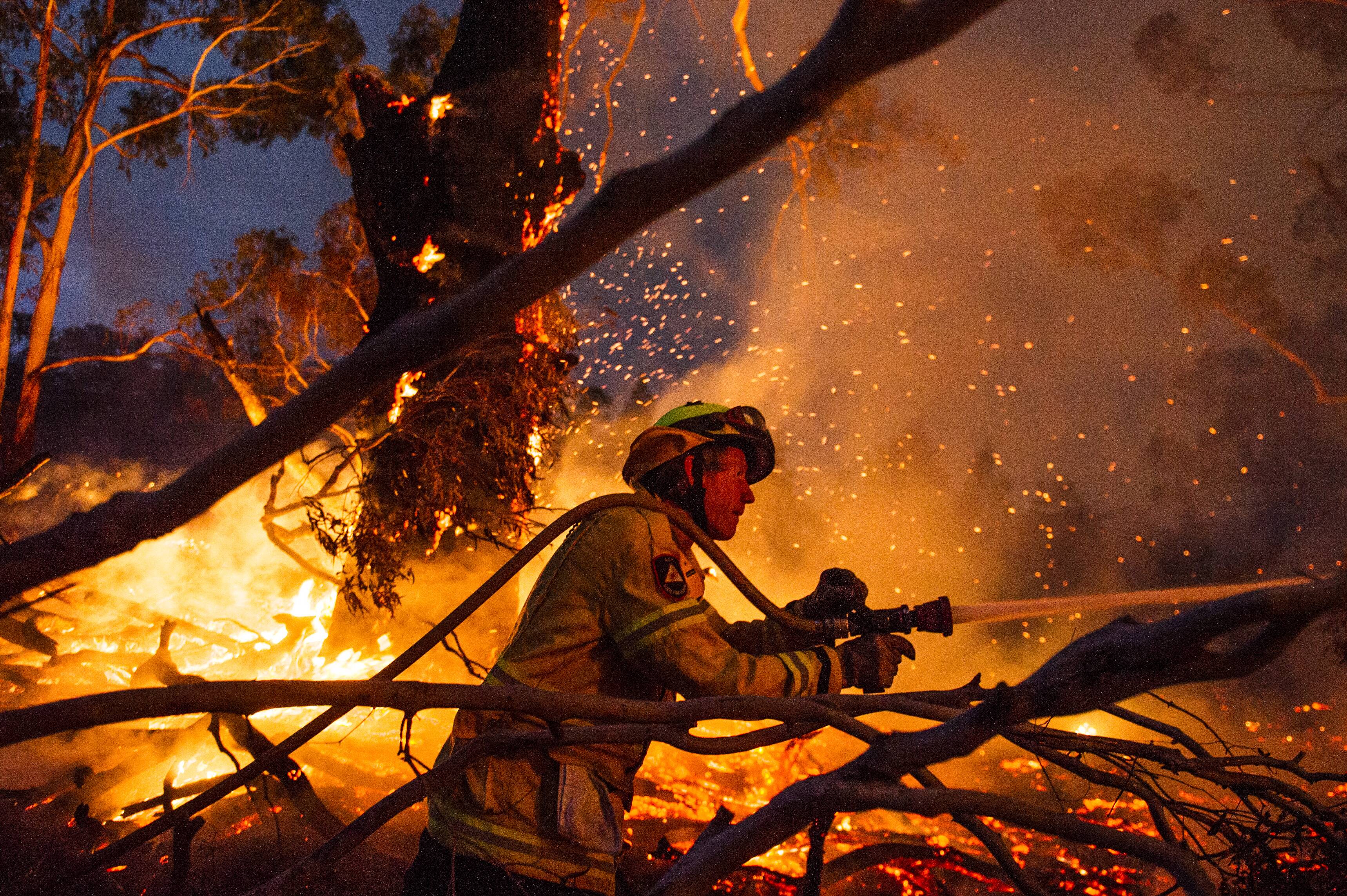From Assessment to Activity: Utilizing Your BAL Report to Alleviate Bushfire Ris
From Assessment to Activity: Utilizing Your BAL Report to Alleviate Bushfire Ris
Blog Article
Exactly How BAL Record Impacts Bush Fire Security Actions
In the world of bush fire protection, the Structure Attack Level (BAL) report stands as an essential tool that dramatically affects the security and strength of properties in fire-prone areas - BAL Report. The influence of a BAL evaluation prolongs much past simple documentation; it serves as the keystone for identifying the proper construction requirements and fire security steps needed to reduce the dangers presented by bushfires. As areas face increasingly severe fire periods, understanding just how the BAL report shapes these protective procedures ends up being paramount for builders, policymakers, and homeowners alike
Understanding the Bushfire Attack Degree
Significance of BAL Report Analysis

Additionally, the BAL record analysis functions as a foundational action in adhering to legal obligations and demands connected to bushfire protection. Local councils and authorities usually mandate the entry of a BAL report as part of the preparation and structure approval procedure to make sure that residential properties are appropriately guarded against bushfire risks. Stopping working to carry out an extensive BAL report assessment can cause poor security procedures, leaving residential or commercial properties at risk to ravaging bushfire occurrences.
Building Criteria Based on BAL
A thorough understanding of the Bushfire Attack Degree (BAL) makes it possible for property owners to carry out construction requirements tailored to their specific danger profile. Construction requirements based on BAL are essential in mitigating the influence of bushfires on residential properties. The BAL score classifies the prospective danger a building encounters during a bushfire on a scale from BAL-Low to BAL-FZ (Fire Area) Each BAL level represents certain building and construction requirements laid out in the Australian Typical AS3959-2018 Construction of Buildings in Bushfire-Prone Locations. For example, residential properties classified as BAL-Low might just call for standard steps such as getting rid of debris and preserving gardens, while those in higher BAL classifications need even more robust actions like ember screens, fire-resistant materials, and secured windows. Adhering to these construction blog standards not just enhances the structural strength of the home yet also enhances the overall safety and security of residents during a bushfire occasion. As a result, residential or commercial property owners have to very carefully consider their BAL ranking and adhere to the equivalent construction criteria to appropriately guard their owners and homes.
Executing Fire Protection Measures
With the structure of building standards based upon Bushfire Attack Degree (BAL) in area, the emphasis currently moves towards the sensible execution of fire defense steps to fortify residential properties against bushfire dangers. Applying fire protection actions entails a mix of passive and energetic approaches to enhance the durability of structures in bushfire-prone areas. Passive actions include utilizing fireproof structure products, mounting ash guards on vents, sealing voids in roof coverings and walls, and keeping a clear room around the home devoid of combustible plant life. Energetic actions encompass having firefighting equipment easily available, such as tubes and water pumps, along with creating a defendable area around the home by clearing plants and having a well-maintained yard. Furthermore, developing an emptying plan and ensuring all citizens recognize emergency procedures are important parts of effective fire security actions. By integrating both passive and energetic approaches, homes can substantially lower their susceptability to bushfire occurrences and boost the safety of passengers.
Shielding Homes Against Bushfires
Successfully safeguarding homes versus the devastating effects of bushfires requires a comprehensive and aggressive approach to fire security steps. Additionally, sealing voids and vents to prevent cinder intrusion, as well as integrating fireproof doors and home windows, can help strengthen the home's defense against bushfires. By accepting a positive stance and incorporating these safety actions, property owners can significantly enhance their possibilities of safeguarding their homes against bushfires.
Conclusion
In conclusion, the Bushfire Assault Level (BAL) report plays a vital role in determining the essential protection measures versus bushfires. By analyzing the BAL, building and construction requirements can be tailored to minimize the threats and make sure the security of homes in fire-prone areas. Implementing fire defense actions based on the BAL report is necessary in guarding properties from prospective bushfire browse around this web-site threats. It is critical for home owners to prioritize BAL analyses and comply with suggested browse around this web-site building and construction requirements to improve bushfire strength.
In examining bushfire danger to residential or commercial properties, recognizing the Bushfire Assault Level (BAL) is an essential element for implementing reliable defense procedures. In general, a clear understanding of the Bushfire Attack Degree is vital for executing sufficient security actions and minimizing the impact of bushfires on properties.

Report this page